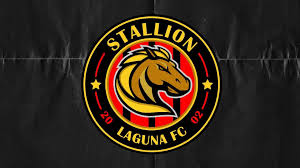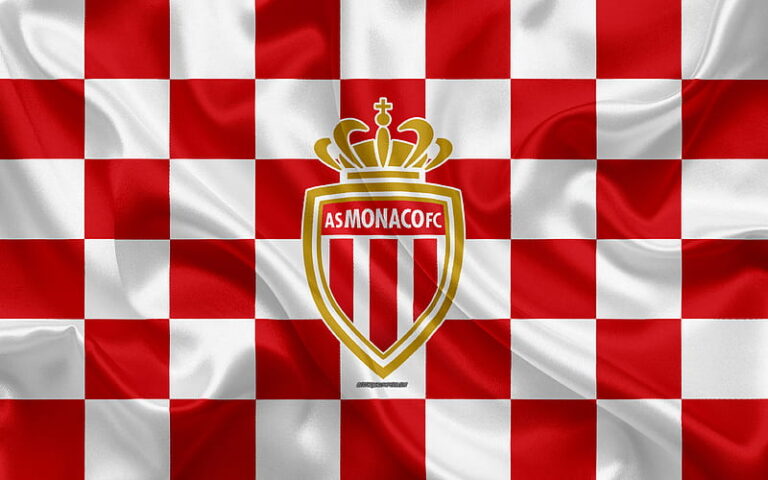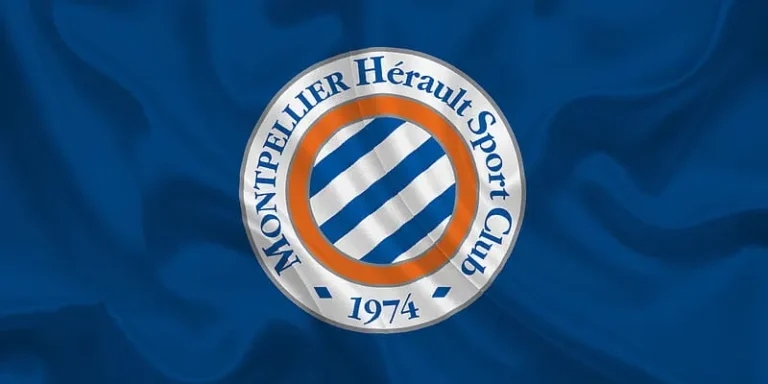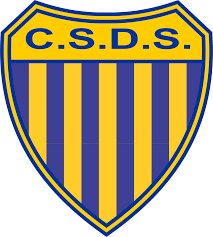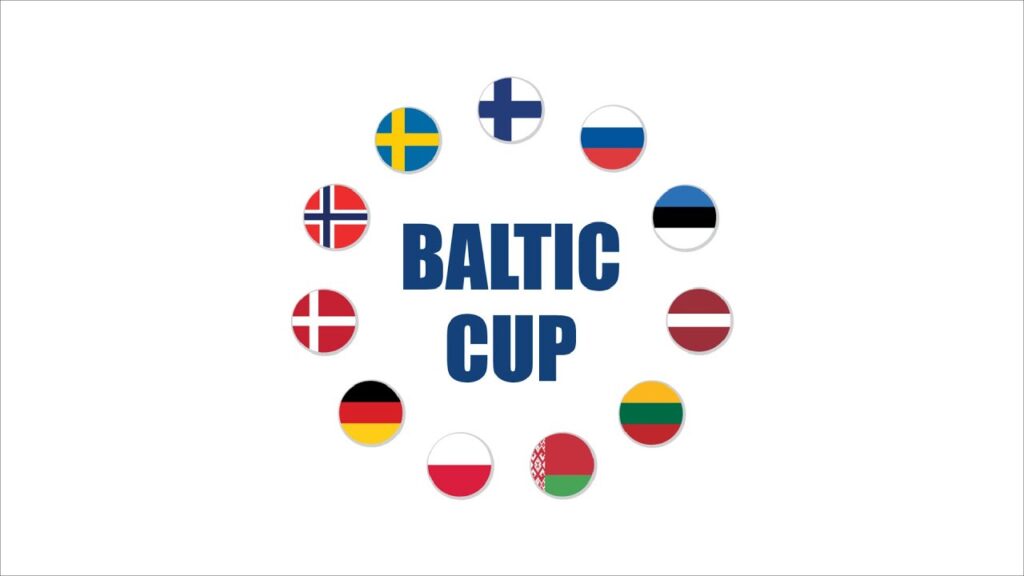
Baltic Championship
The distinct contributions of Estonia, Latvia, and Lithuania play a pivotal role in shaping the identity of the Baltic Championship, creating a vibrant tapestry of competition that showcases the best each nation has to offer okvip.
Sports Involved in the Baltic Championship
The Baltic Championship features a wide array of sports, catering to different interests and skill sets among athletes. Each discipline adds a unique flavor to the championship, drawing audiences and participants alike.
Traditional Sports: Preserving Heritage
Traditional sports carry immense cultural significance in the Baltic region, making them an integral part of the championship.
Sports like folk wrestling, traditional boat racing, and even ancient games reflect the rich heritage of the Baltic states. These activities create a sense of nostalgia while fostering a spirit of unity among participants.
The revival of traditional sports has gained traction in recent years, often coinciding with national celebrations and cultural festivals. Events showcasing these sports provide an opportunity for communities to connect with their roots while promoting inclusivity and appreciation for regional customs.
Modern Sports: Embracing Global Trends
While traditional sports play a crucial role, modern sports are equally essential to the Baltic Championship.
Athletics, basketball, and swimming dominate the competition, attracting large crowds and media attention. The emphasis on performance and professionalism has transformed the championship into a platform for showcasing emerging talent on an international scale.
With globalization leading to increased access to information, young athletes now have the opportunity to learn from global standards and incorporate advanced training techniques. This collaborative spirit fosters an environment of growth and development, with promising results reflected in athletes’ performances.
Team Sports: A Unifying Force
Team sports serve as a powerful avenue for fostering collaboration and unity among the Baltic states.
Basketball and ice hockey have garnered substantial followings, transcending national boundaries as fans unite to support their teams. Friendly matches between the participating countries cultivate healthy rivalries while emphasizing mutual respect and sportsmanship.
Additionally, these events serve to strengthen interpersonal relationships among athletes. The friendships forged on the court or ice can lead to greater cooperation outside of sports, strengthening ties among the Baltic nations and promoting peace and solidarity.
Emerging Sports: Pushing Boundaries
The Baltic Championship has increasingly embraced emerging sports trends, reflecting a willingness to adapt and innovate.
Disciplines like mixed martial arts, skateboarding, and esports have gained popularity among younger generations. By incorporating these sports into the championship, organizers aim to attract new audiences and inspire fresh talent to join the fold.
